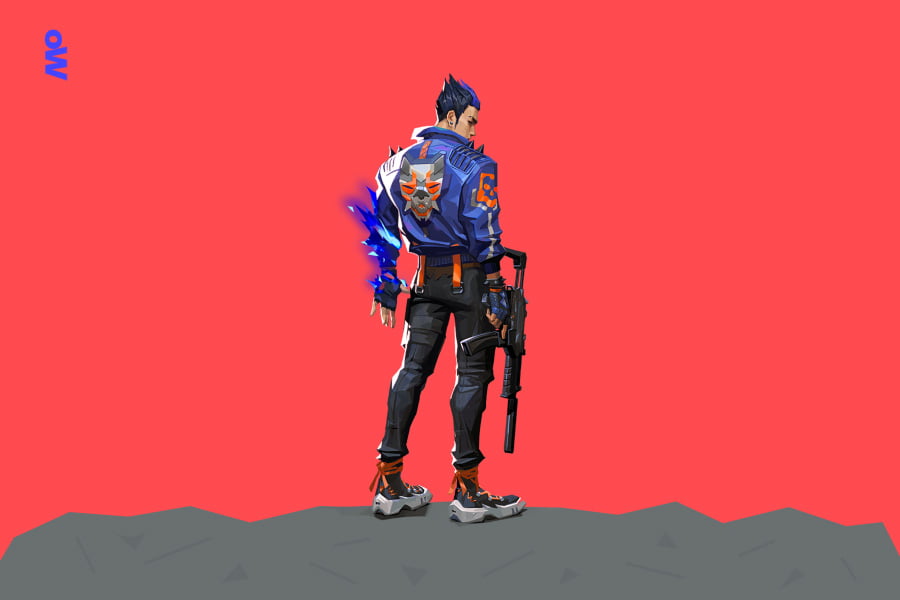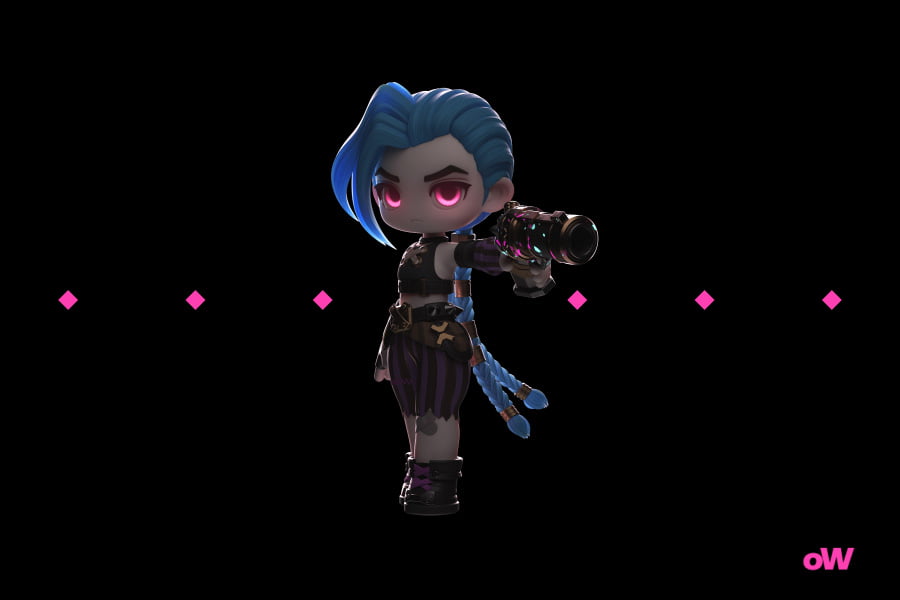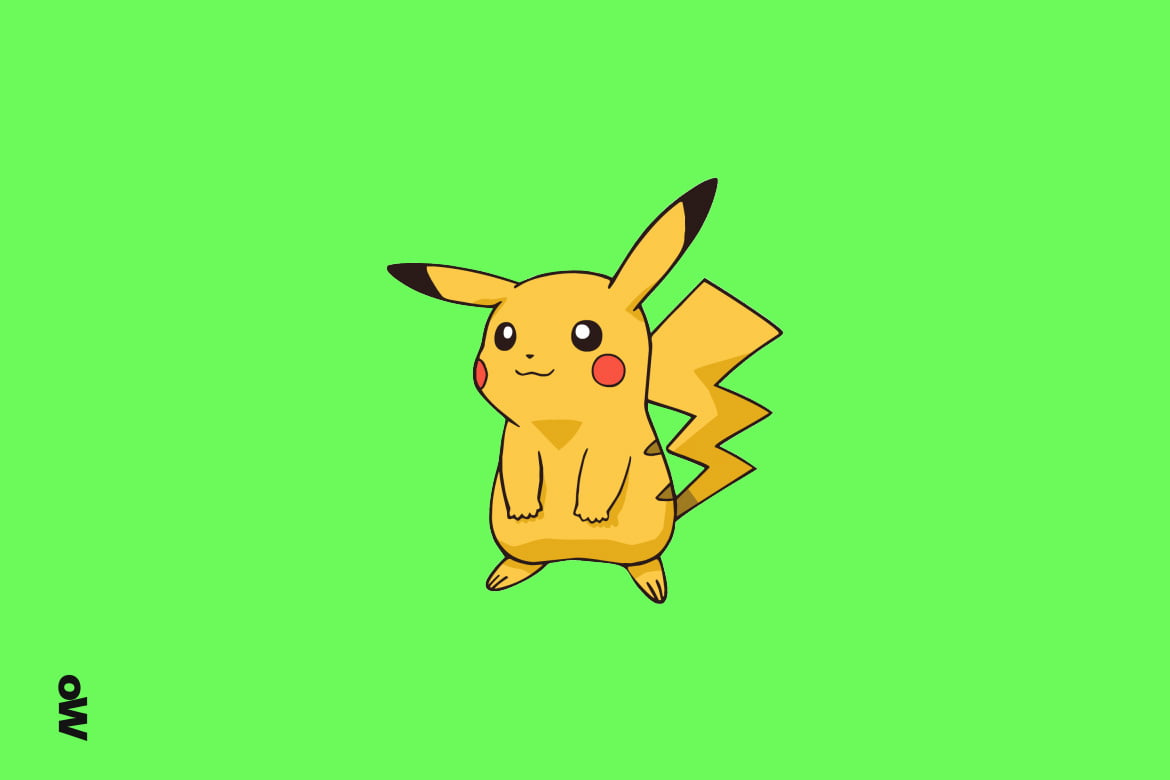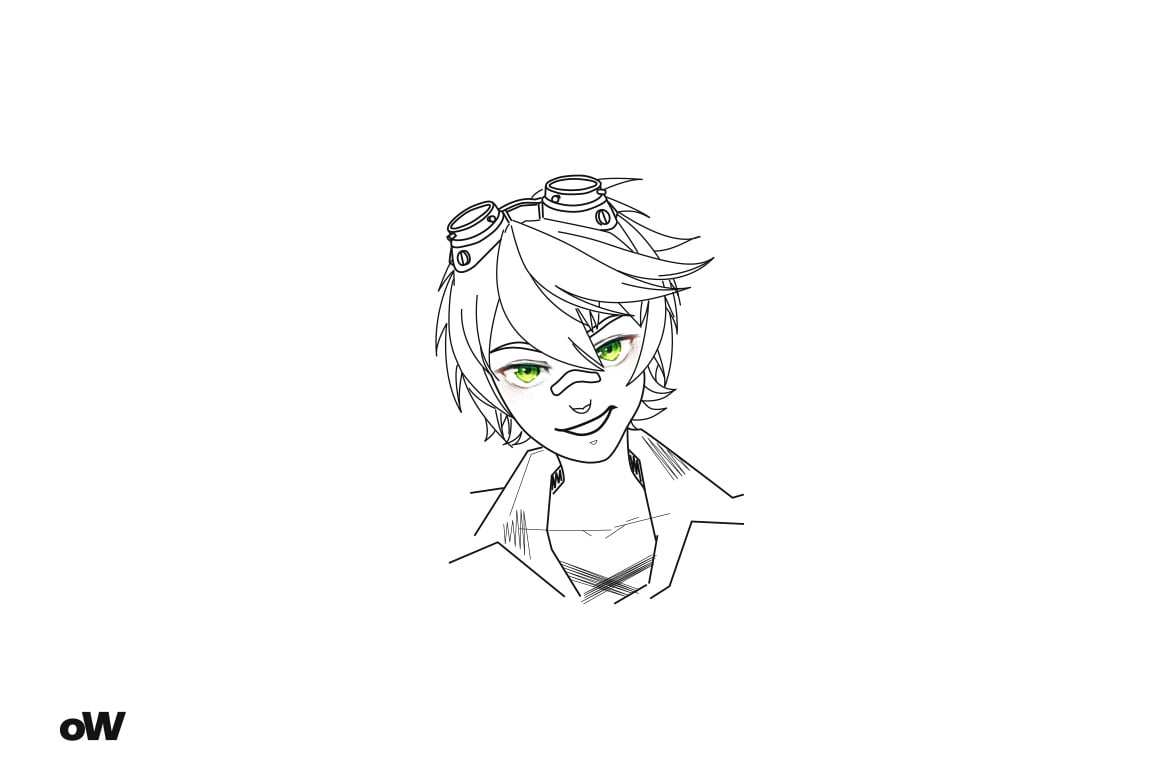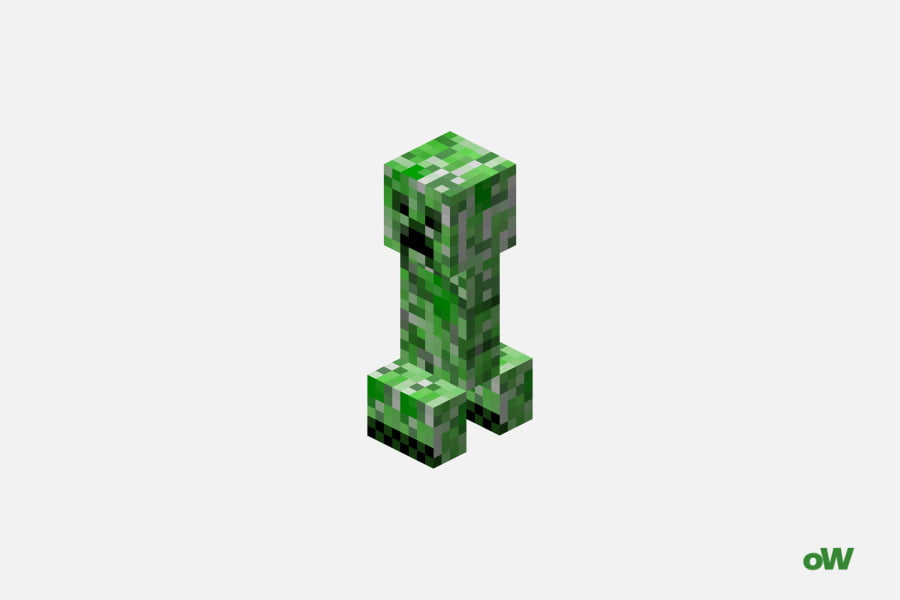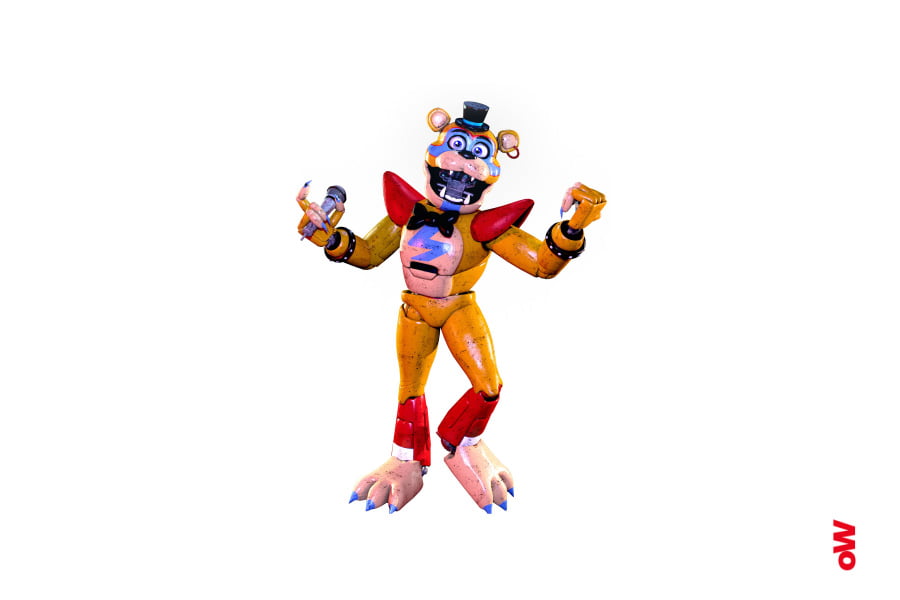Minecraft Quiz: Are You the Next Block Master?
What are Creepers most afraid of in Minecraft?
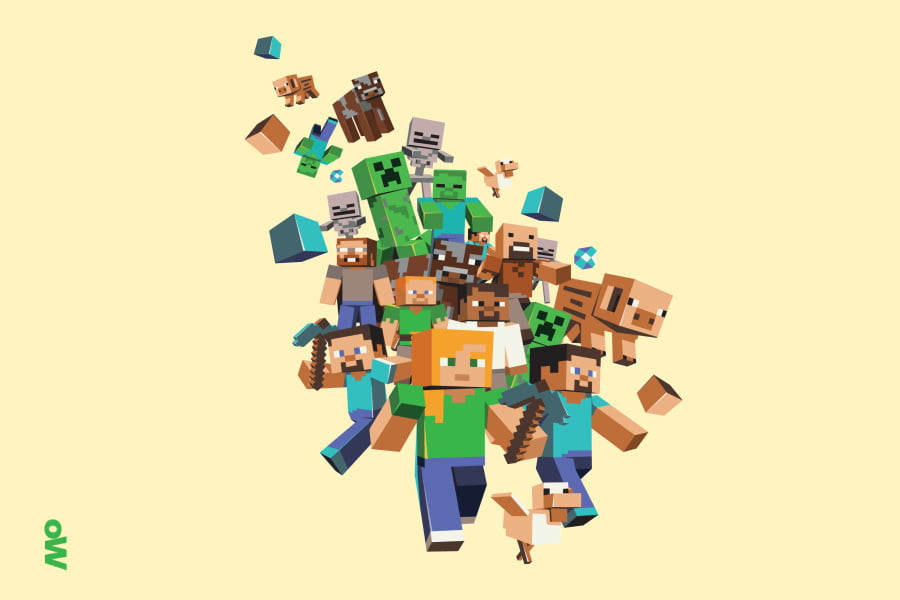
On a cold winter evening in 2011, I first heard the strange sounds of a creeper sneaking up behind my character. Back then, I didn’t know that this moment would become the beginning of a years-long journey through Minecraft’s procedurally generated worlds. Today, after years of exploration, building, and countless expeditions, I want to share an in-depth analysis of this amazing game and tell you why our quiz will become your new entry point into the world of Minecraft.
Minecraft – What Is It?
In the world of video games, there’s an unwritten rule: the simpler the basic mechanics, the more complex and multifaceted the gameplay can be. Minecraft is a living embodiment of this principle. Everything is based on the simple mechanics of breaking and placing blocks, but it’s precisely this simplicity that has allowed for the creation of one of the most complex gaming systems in history.
Each block in the game isn’t just a visual element but part of a complex ecosystem. Sandstone can turn into glass under high temperatures, water freezes in certain biomes, and redstone conducts energy according to strict rules reminiscent of real electrical circuits. This physics, though simplified, creates the foundation for endless experiments and discoveries.
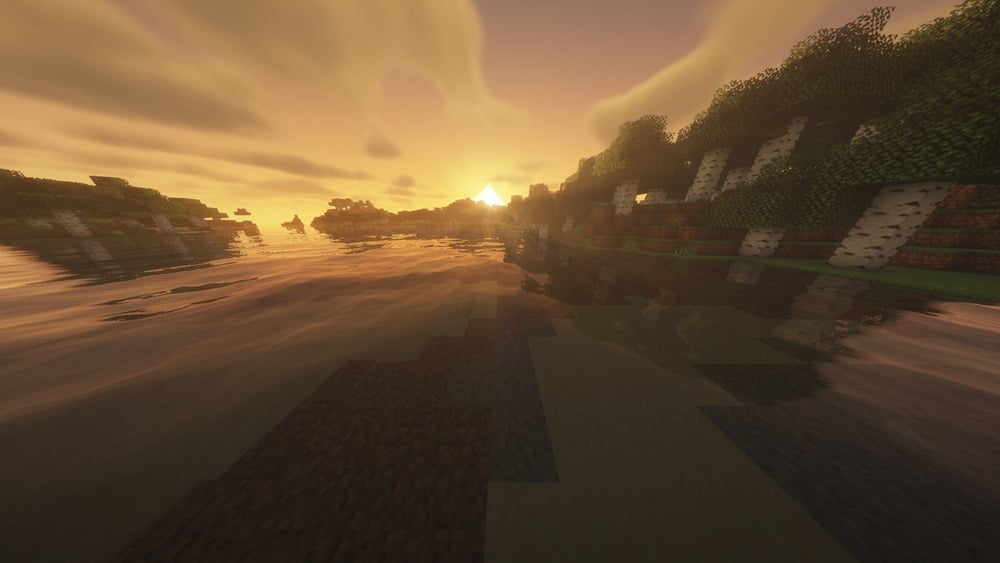
A Look at Minecraft’s History
Minecraft’s story began in a Stockholm apartment basement, where Markus Persson was experimenting with the Java engine. The first version, known as Cave Game, was incredibly primitive — players could only place and break blocks in a limited space. But even then, this mechanic showed potential that would later unfold into a full-fledged universe.
Development moved rapidly. The Classic version added multiplayer, Indev introduced inventory and crafting, and Infdev first implemented infinite world generation. Each update didn’t just add content — it expanded players’ opportunities for creativity and exploration.
An interesting fact: the term “minecraft” was originally used in tabletop games of the 1980s. It denoted the process of resource extraction and item creation, which amazingly foreshadowed the appearance of the namesake video game.
Why Is Minecraft So Popular?
The phenomenon of Minecraft’s popularity can be explained through the lens of self-determination theory in psychology. The game satisfies three basic psychological human needs: autonomy (freedom of action), competence (ability to develop skills), and relatedness (social interaction).
Minecraft has become a platform for self-expression on a scale that even its creators didn’t foresee. Architects recreate historical buildings with precise detail, programmers experiment with command blocks to create their own mini-games, and artists use blocks as pixels to create three-dimensional pictures, showing true street smarts in solving creative challenges.
In education, Minecraft: Education Edition has sparked a real revolution. Teachers use the game to explain concepts from basic mathematics to quantum physics. In Sweden, for example, there are entire school programs built around Minecraft as an educational platform.
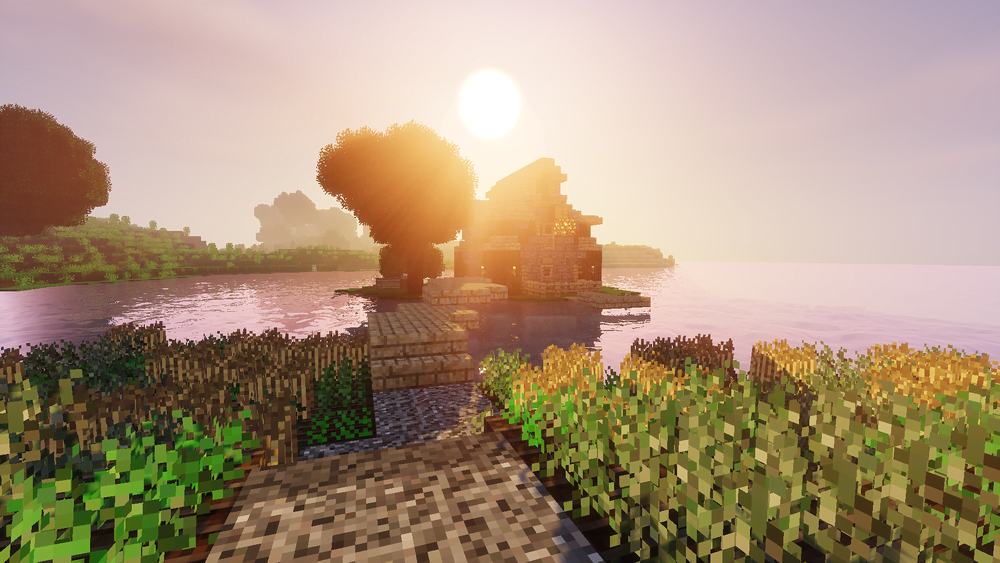
Key Elements and Game Mechanics
Looking closely at Minecraft’s mechanics, you can’t help but be amazed by their depth. Take the enchanting system, for example. At first glance, it’s a simple way to improve tools, but behind it lies a complex mathematical model. Each enchantment has its weight in the generation system, and enchantment combinations follow strict compatibility rules.
Redstone deserves its own study. This system is so complex that it allows for the implementation of basic logic elements: AND, OR, NOT, XOR gates. Enthusiasts use these to create working processors inside the game. I remember spending an entire month trying to create a compact three-bit adder, and it taught me the basics of Boolean algebra better than any textbook.
The potion brewing system represents a true decision tree, where each ingredient can modify the base potion in several ways. This aspect of the game is often underestimated, but understanding Minecraft alchemy can provide a serious advantage in survival.
Why Should You Take Part in the Minecraft Quiz?
The quiz isn’t just a knowledge test; it’s a way to structure your understanding of the game. During preparation, you might discover unexpected connections between different game systems. For instance, did you know that biome temperature affects bamboo growth speed? Or that there are 16 different shades of each dye, and they interact differently with different blocks?
A deep understanding of mechanics opens new possibilities for optimizing gameplay. For example, knowing mob spawning mechanics allows you to create efficient experience farms. Understanding water propagation mechanics helps in designing automatic farms. And knowing the intricacies of piston operations can revolutionize your approach to automation.
In my experience, there have been many cases where knowledge of the tiniest game details led to unexpected discoveries. Once, while experimenting with sand falling mechanics, I accidentally created a compact mechanism for TNT duplication — an absolutely legal method based on the game’s physics quirks.
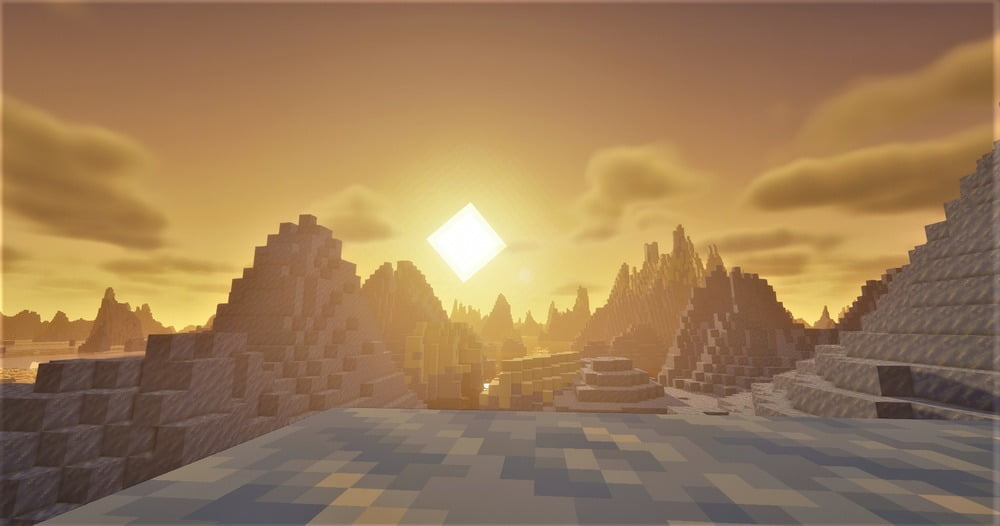
How to Improve Your Minecraft Skills?
Development in Minecraft can be divided into several directions, each requiring a special approach. For building, it’s important to understand the basics of architecture and design; for redstone engineering, you need basic knowledge of logic and electronics; and for effective survival, knowledge of mob mechanics and world generation is essential.
Start by learning basic mechanics, but don’t stop at the surface level. For example, everyone knows that diamonds appear at certain heights, but few consider that their probability depends on cave type and surrounding blocks.
Community participation plays a crucial role in development. I still remember meeting a player on a server who showed me the “bottom-up” building technique — a methodology that completely changed my approach to constructing large structures.
It’s important to experiment and document your discoveries. Keep a notebook for recording important coordinates, recipes, and mechanics. Minecraft has so many details that even experienced players regularly discover something new.
Our quiz will help systematize knowledge and point out directions for further development. You might discover that you excel in combat mechanics but overlook the nuances of working with minecarts and rails. Or conversely — you might understand automation perfectly but not know the peculiarities of different mob types.
Minecraft is an endless journey into a world of possibilities. Every day, thousands of players discover new techniques, create incredible mechanisms, and push the boundaries of what’s possible in the game. Join our quiz to test your knowledge and become part of this amazing community of explorers and creators.
Remember: in Minecraft, there’s no right way to play. There’s only your own path of discovery and creativity. And this path begins with the first step — or in our case, with the first quiz question.
Questions Overview
- Skeletons
- Ocelots or cats
- Wolves
- Endermen
- CubeCraft
- MineGame
- CraftMine
- Cave Game
- Enderman
- Zombie
- Creeper
- Skeleton
- It emits a signal to nearby Redstone devices
- It can smelt ores
- It turns off
- It lights up brighter
- Summon it with a magic spell
- Craft an Ender Dragon egg
- Use end crystals
- Mine the main
- Leather, three papers, and ink
- Three woods, one paper
- One paper, four feathers
- Two woods, two strings
- Zombie
- Enderman
- Creeper
- Skeleton
- Creeper
- Zombie
- Pink Wither
- Enderman
- Turtle shell
- Turtle meat
- Scute
- Turtle fin
- One block
- Two blocks
- Three blocks
- Four blocks
- Increase the maximum amount of drops by killed mobs
- Gives the player extra XP
- Makes mobs drop rare items more often
- Causes mobs to drop extra armor
- A cake
- Plenty of food and beds
- A special potion
- An enchantment table
- Make weapons and armor
- Build a Nether portal and make an enchantment table
- Cook food and craft blocks
- Craft a bed and build a house
- Feed it apples
- Ride it repeatedly until hearts appear
- Give it a saddle
- Trap it in a fence
- Endermites
- Enderman
- Shulkers
- Phantoms
- A Golden Apple and a Splash Potion of Weakness
- A diamond and a potion of healing
- A regular apple and a potion of strength
- A Nether Star and a Splash Potion of Slowness
- Craft them with diamonds and iron
- Find them in chests in dungeons
- A Skeleton needs to kill a Creeper
- They drop from the Ender Dragon
